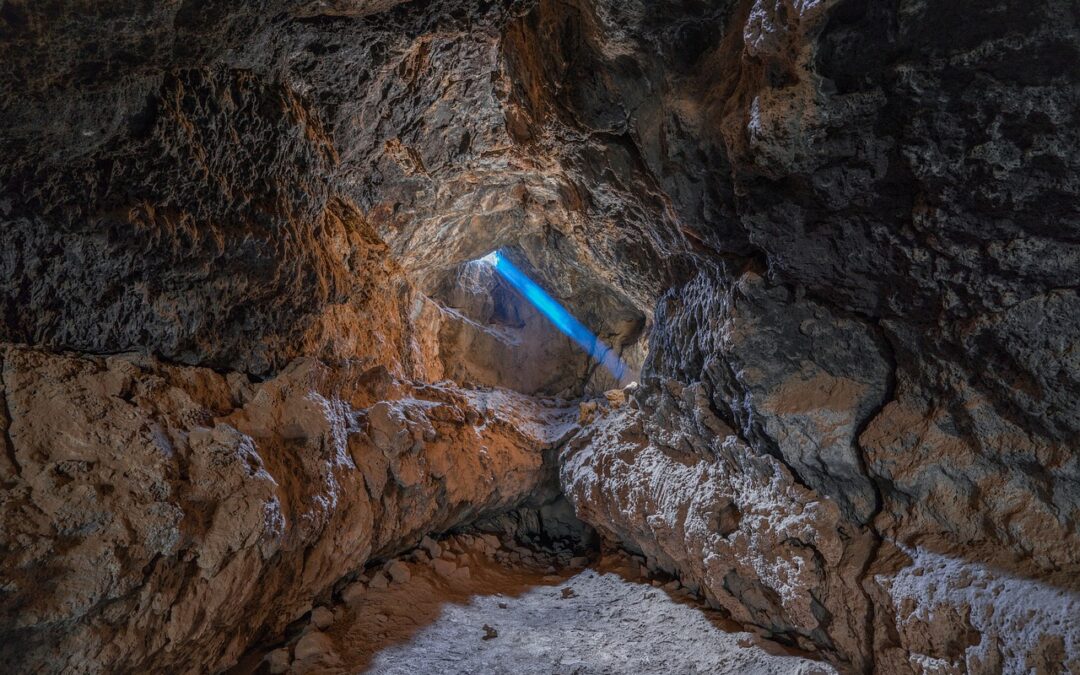Underground mining plays a crucial role in extracting valuable resources like minerals, rocks, and other materials from beneath the earth’s surface. This article delves into the function and purpose of underground mining, its history, depth, environmental impact, and significance to the economy. We’ll also highlight prominent underground mines in the United States, offering a comprehensive look at the importance of this industry.
What Is The Function of The Mining Industry?
The mining industry’s main function is to produce metals, industrial minerals, coal, and uranium, which are vital to many sectors of the economy. Metals like copper, gold, and zinc are extracted to create essential products, while coal and uranium are key energy sources. The mining industry provides the raw materials needed for construction, manufacturing, energy production, and technology development.
What Is The Function of Underground Mining?
Underground mining is a method used to extract minerals and resources by digging deep into the earth, usually through tunnels or vertical shafts. This method is often chosen when the minerals are located too deep for surface mining techniques. It enables the extraction of valuable materials like gold, coal, diamonds, and other industrial minerals. Underground mining is critical in accessing resources that cannot be reached through surface mining, maximizing the retrieval of materials while minimizing surface disruption.
When Did Underground Mining Start?
Underground mining has ancient roots, dating back over 5,000 years. The earliest records of underground mining can be traced to ancient civilizations in Greece and Rome, where miners extracted metals like gold and copper. In the Middle Ages, techniques began to evolve with more sophisticated tunnel systems. Underground mining became a major part of the industrial revolution, driven by the demand for coal, which was essential for powering factories and trains. Today, the process is far more advanced, utilizing modern machinery and technology to improve efficiency and safety.
How Deep Do Underground Mines Go?
Underground mines can extend to staggering depths. Some of the world’s deepest mines reach nearly 4 kilometers (about 2.5 miles) below the earth’s surface. For example, the Mponeng Gold Mine in South Africa is the deepest underground mine in the world, plunging more than 4 kilometers into the ground. In the U.S., underground mines typically range between 1,000 and 2,500 feet deep, depending on the type of resource being extracted.
What Are The Elements of Underground Mining?
Underground mining is a complex operation requiring specialized components for safe and efficient extraction. Some key elements include:
- Ventilation shafts: These clear toxic fumes from blasting and drilling to ensure clean air for workers.
- Escape routes: Emergency exits for workers in case of accidents.
- Access shafts: Vertical passages used to transport workers, machinery, and materials to and from the mine.
- Ore-transport tunnels: Horizontal tunnels that carry extracted ore to the surface for processing.
- Recovery shafts: Used to lift extracted ore to the surface after it has been mined. These components work together to make underground mining feasible and as safe as possible.
What Are Impacts of Underground Mining?
While underground mining is vital to the economy and resource collection, it also has environmental and health impacts. Extracting materials from deep underground can disrupt the natural balance, potentially causing sinkholes, land subsidence, and the release of hazardous chemicals into the surrounding area. Miners are also at risk for health complications due to dust exposure, lack of fresh air, and the physical demands of working underground. Despite these challenges, advancements in technology and regulations have reduced risks and increased safety in many mines.
Underground Mining and the Economy
Underground mining is a cornerstone of many economies, providing jobs and resources critical to sectors like construction, energy, and manufacturing. In the U.S., mining supports over 500,000 jobs, directly contributing to GDP. The minerals and metals extracted fuel industries that produce everything from buildings to electronics, powering growth and development.
Is Underground Mining Bad For The Environment?
Underground mining can have serious environmental impacts, though it tends to be less invasive than surface mining. The main concerns include land degradation, groundwater contamination, and emissions from mining operations. Toxic chemicals like arsenic and mercury, used in some mining processes, can leach into nearby water sources, harming local ecosystems. Additionally, the energy consumption required for deep mining operations contributes to carbon emissions. However, many companies are investing in cleaner, more sustainable practices to minimize these effects.
Cost of Underground Mining
The costs of underground mining are significantly higher than surface mining. Building tunnels and shafts, maintaining ventilation, and ensuring safety for workers require substantial financial investment. Moreover, underground mining is labor-intensive, demanding specialized skills and machinery that add to the overall cost. Despite these expenses, underground mining remains essential for accessing high-value resources located deep beneath the surface.

Examples of Underground Mines in the United States
Several underground mines in the U.S. play critical roles in the mining industry. These include:
- Adventure Mine (Michigan): A former copper mine now open for tours.
- Alabastine Mine (Michigan): An underground gypsum mine.
- Almaden Quicksilver County Park (California): Once a mercury mine, now a historic site.
- Almy, Wyoming: Known for its coal mining history.
- Anaconda Copper Mine (Montana): One of the largest copper producers in the world.
- Argo Gold Mine and Mill (Colorado): A key gold mining site in the U.S.
- Argonaut Mine (California): Famous for gold extraction during the California Gold Rush.
These mines contribute to the extraction of key minerals and materials, shaping industries across the country.
The Significance of Underground Mining: Balancing Function and Impact
Underground mining serves an essential role in extracting minerals crucial to the global economy. Despite the challenges of environmental degradation and health risks to workers, it remains a highly productive and important industry. The evolution of safety standards and the introduction of more sustainable practices will continue to shape the future of underground mining.

